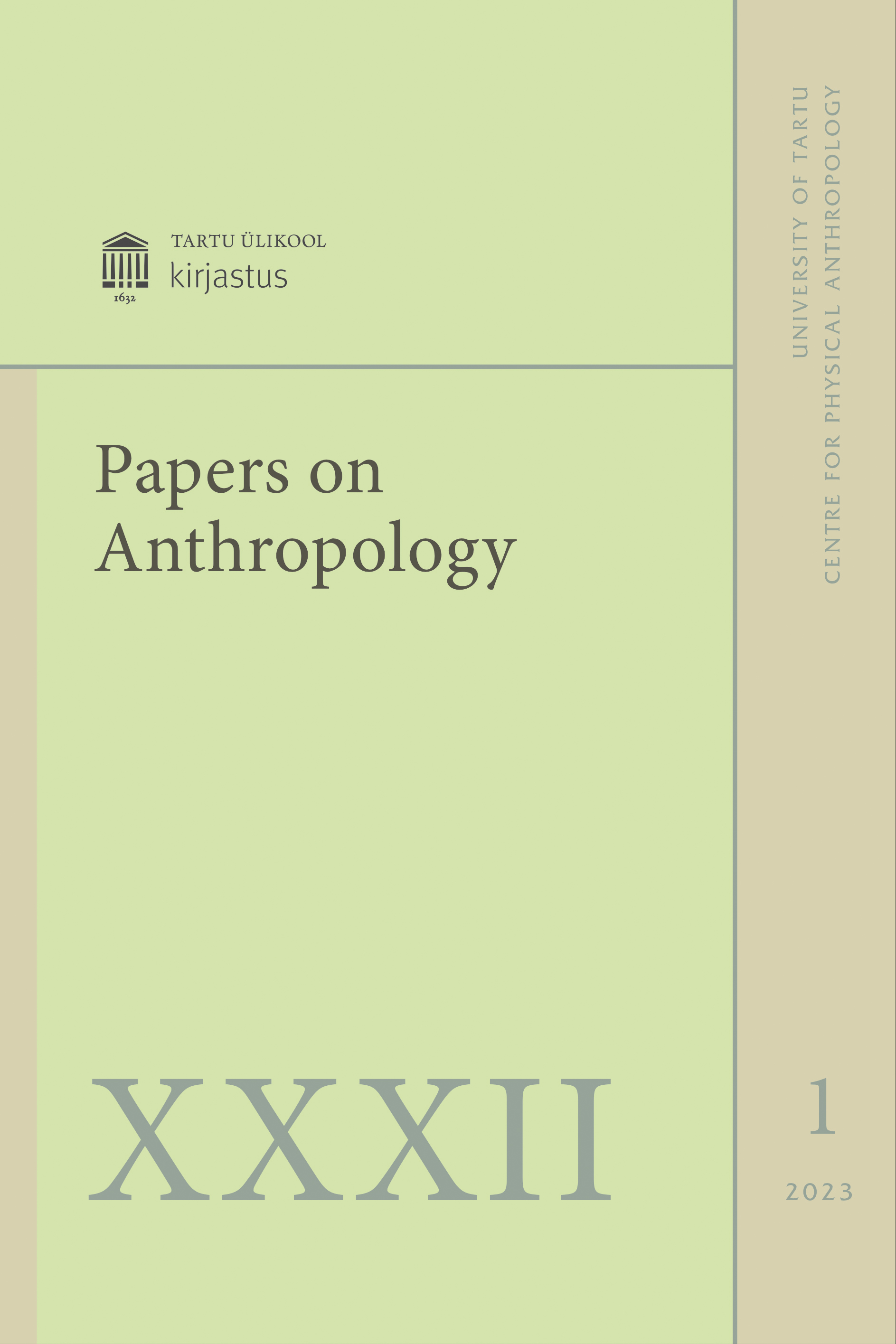Head size and academic performance
DOI:
https://doi.org/10.12697/poa.2023.32.1.02Keywords:
schoolchildren, head size, growth dynamics, academic performance, EstoniansAbstract
The aim of the paper was to study the potential correlation between school students’ head size and academic performance. As the material, the head length and breadth measurement data of 5034 7–18-year-old ethnic Estonian school students measured by Prof. J. Aul in 1966–1969 were used. To get an overview of head size and the development of its growth, head module A was used. The correlation between head size and school students’ academic performance was studied using the data of 4840 school students aged 8–18 years (2406 boys and 2434 girls). Academic performance was assessed based on school students’ grades in a three-point system: I – low, II – medium, III – good academic performance. As a result, head module A was found to increase relatively evenly and relatively modestly in Tallinn school students during their school years (7% in boys and 4.5% in girls), while boys’ heads were larger than girls’. Relative head module A decreased in school students with age in both boys and girls. Until the age of 14 years, relative value of head module A is greater in boys than in girls; from the age of 16 years, however, the relative value of head module A becomes greater in girls than boys. A significant correlation between academic performance and head size was found in both boys and girls. The greatest differences in head size were between students with low and good academic performance. Head module A of the latter was essentially greater. In puberty, a few years later in boys than in girls, the mentioned correlation was weaker.

